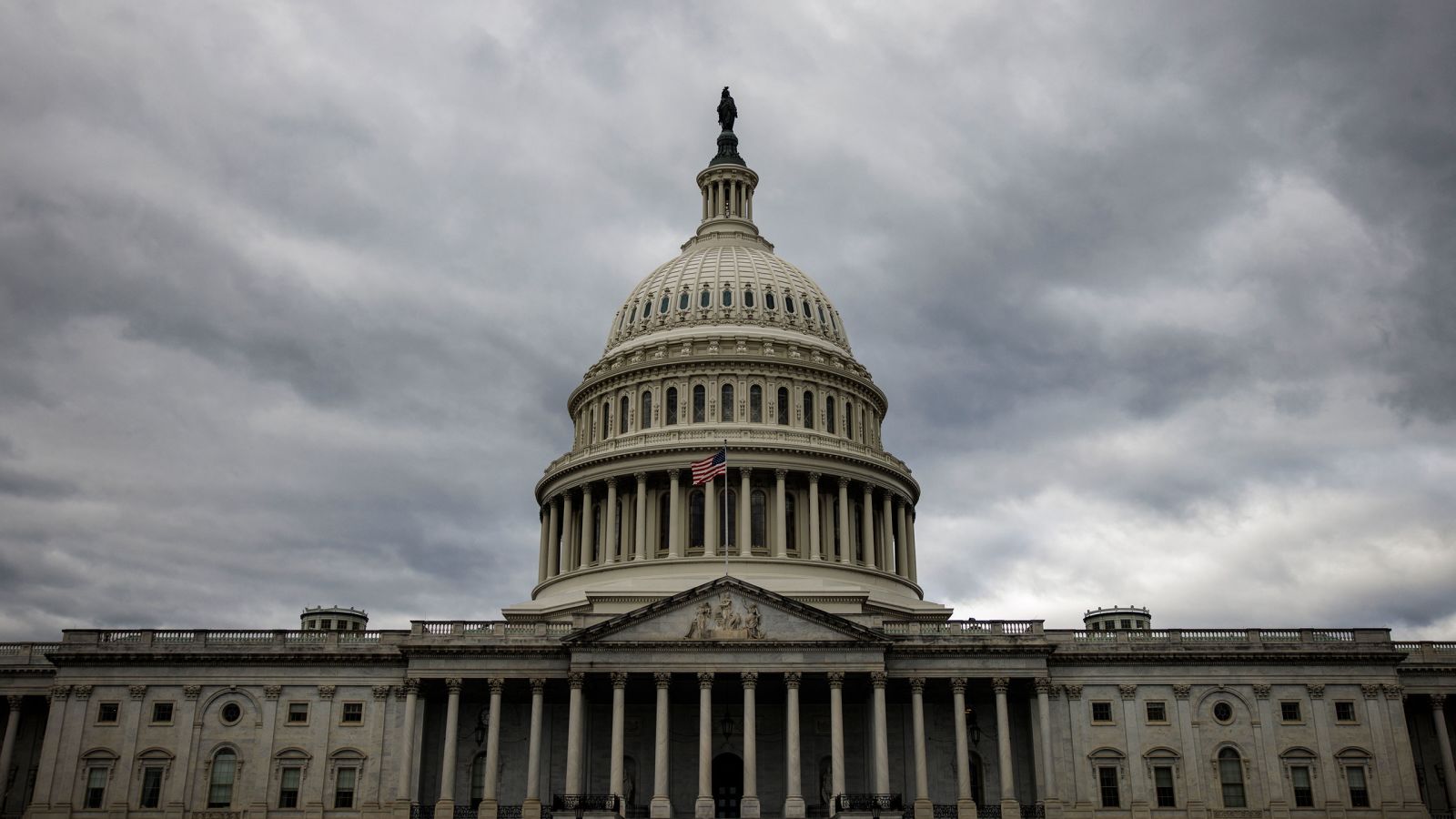Insurance is just a fact of life — it protects not only ourselves, but those around us, and can be the difference between a major inconvenience and financial disaster. Every state has its own idiosyncrasies when it comes to insurance — and in some cases, you can take advantage of those quirks and save yourself some extra cash.
Car Insurance in Ohio
The good news about driving in Ohio is the average cost of car insurance is 33% lower than the national average — legal minimum coverage will cost you about $366 a year. As with pretty much everywhere else, car insurance is a requirement, and must include coverage of
- $25,000 per person for bodily injury
- $50,000 per accident for bodily injury
- $25,000 per incident for property damage
Comprehensive, collision, rental car reimbursement, and roadside assistance (among others) are optional. Coverage will vary by carrier, so it always pays to compare car insurance rates in Ohio and see who offers the most for less.
How to Get Cheaper Car Insurance in Ohio
- Ask for a discount. The average insurer has about 50 discounts you could potentially apply for, including discounts for good grades, military service, safety features on your car, parking your car indoors, and more… not to mention a good driving record and credit score.
- Bundle your insurance. You might get yet another discount for bundling your car, homeowners, and maybe life insurance. Talk to your insurer and see what your options are.
- Increase your deductible. If you have a little money put away for emergencies, you can get lower monthly rates in exchange for a higher deductible if something bad does
- Don’t forget to shop around and compare rates!
Disaster Insurance in Ohio
Like every state, Ohio is prone to certain natural disasters. In the Buckeye State, the most common natural disasters are floods, landslides, severe storms, tornadoes, and winter storms. Of these, floods are the most common and generally cause the most damage every year.
Anyone who’s lived in Ohio for any length of time probably knows how damaging floods can be. The rains from severe storms can cause flooding, as can the snow caused by winter storms. Which makes it ironic that floods are the one thing standard homeowners insurance won’t cover.
If you want to protect yourself from floods, you’ll have to buy flood insurance separately. Most homeowners buy from the National Flood Insurance Program (NFIP), which is run by the federal government and typically offers the best coverage.
How to Get Cheaper Flood Insurance in Ohio
- If your house isn’t right on a flood plain, you could obtain an elevation certificate assessing your precise risk of flooding. These are issued by the NFIP and could lower your rates.
- Install flood venting in your home to allow flood waters to flow through instead of gathering and causing massive damage to your home. This could qualify you for a lower premium.
- Find out if you qualify for a flood zone removal. Many of FEMA’s flood zone maps are inaccurate or outdated. You might be able to get your house moved out of an established flood zone and qualify for preferred rates.
- Shop around, consider your deductible, and look for private alternatives to NFIP that could offer you a better deal.
Homeowners Insurance in Ohio
While there is no law requiring homeowner’s insurance in Ohio, most lenders will absolutely require it if you’re financing your home. Mortgages and homeowner’s insurance go hand-in-hand. But even if it’s not required, it’s a great idea — it protects you against disasters, saves you money, and can also boost your credit rating.
We’ve already established that Ohio homeowners insurance doesn’t cover flood insurance — but there are a few other things it might not cover:
- Earth movement such as landslides, sinking earth, mine subsidence, and even volcanic eruption. It’s possible you may have to buy separate earthquake insurance, and these might have high deductibles (as much as 5% of the value of your home).
- Backed-up sewers, drains, or sump pumps. This is another instance where you’ll have to buy a separate policy for this particular problem. Fortunately, the premiums tend to be fairly low.
How to Get Cheaper Homeowners Insurance in Ohio
- Add security to your home. Installing smoke detectors, security cameras, and other home security devices in your house will endear you to insurance companies – these items drastically reduce the risk for them, and it will be reflected in your premiums.
- Avoid making small or frivolous claims. If you can soak the financial cost of a mishap, consider just doing it. Many insurers will offer discounts if you remain claim-free for a certain amount of time, and a small claim could result in your premiums going up.
- As with other forms of insurance, don’t be afraid to ask for discounts, consider raising your deductible, or talk with your insurer about whether your home improvements could lower your rates.


:quality(85)//cloudfront-us-east-1.images.arcpublishing.com/infobae/KYWLGK4QFQNLNJGSMBNZQHYBN4.jpg)


